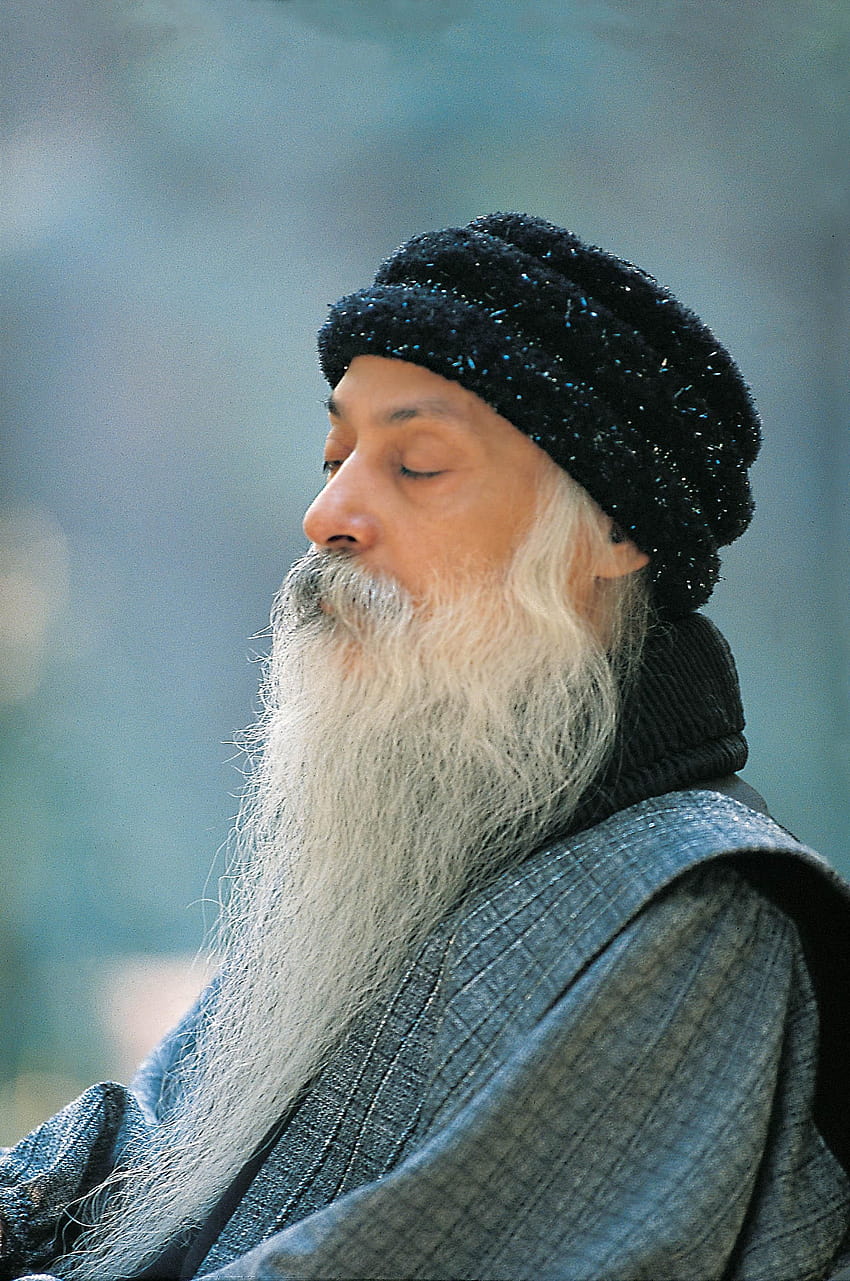I. Introduction
Osho, also known as Bhagwan Shree Rajneesh, was a spiritual teacher, philosopher, and mystic whose unconventional approach to spirituality captivated millions around the world. This essay explores Osho’s life, teachings, and the controversies surrounding his legacy.
II. Early Life and Spiritual Awakening
Born on December 11, 1931, in Kuchwada, India, Osho (then known as Rajneesh Chandra Mohan Jain) displayed an early interest in spirituality and philosophy. His quest for enlightenment led him to explore various traditions, including Hinduism, Jainism, Sufism, and Zen Buddhism.
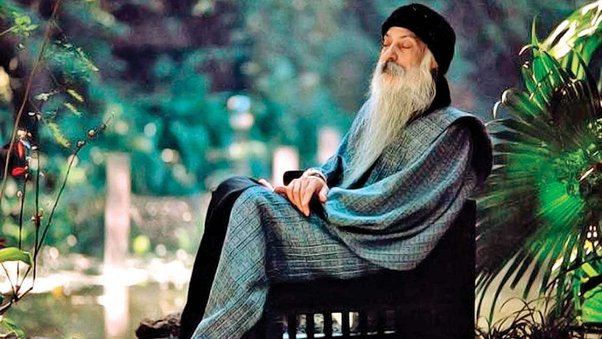
III. Formation of the Rajneesh Movement
In the 1960s, Osho began delivering discourses on spirituality and consciousness to small gatherings of followers in Mumbai. His dynamic speaking style and radical ideas attracted a devoted following, leading to the formation of the Rajneesh Movement. The movement emphasized individual freedom, meditation, and the celebration of life.
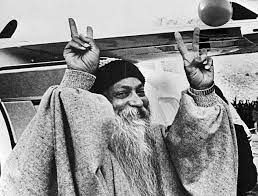
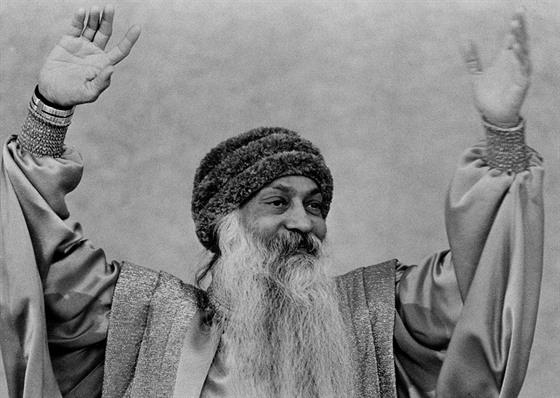
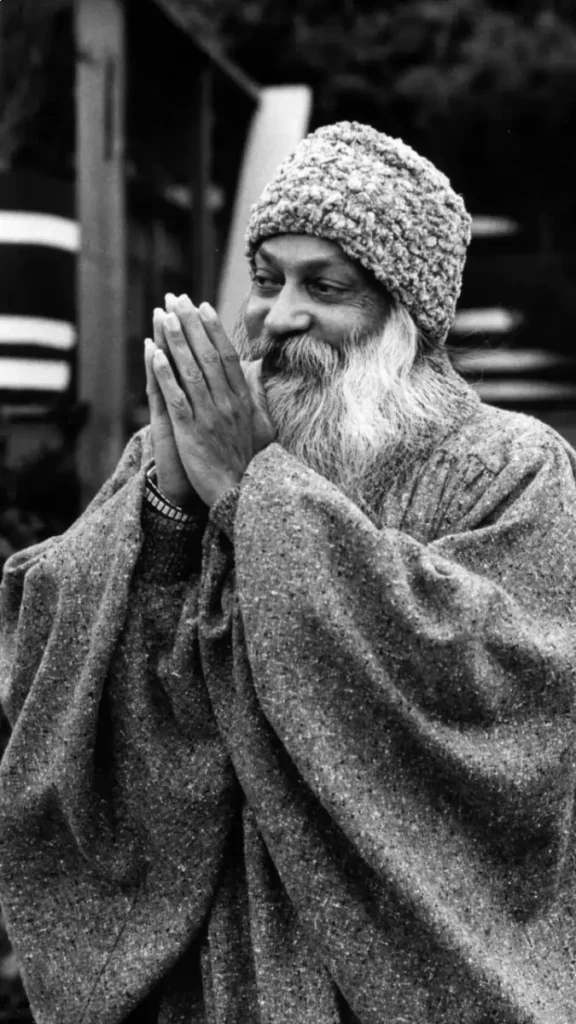
IV. Commune Life in Pune
In the 1970s, Osho established an ashram in Pune, India, which became the epicenter of his teachings and spiritual experiments. The ashram attracted seekers from around the world, offering a unique blend of meditation, therapy, and communal living. Osho’s discourses, known as “Darshans,” addressed a wide range of topics, from love and relationships to politics and existentialism.
V. Dynamic Meditation and Therapy
Osho introduced several innovative meditation techniques designed to help practitioners release repressed emotions, transcend the mind, and experience inner silence. Dynamic Meditation, Kundalini Meditation, and the Osho Multiversity offered a holistic approach to personal growth and transformation.
VI. Controversies and Legal Battles
Despite his popularity, Osho’s unconventional teachings and lifestyle attracted criticism and controversy. The Rajneesh Movement faced allegations of financial irregularities, drug use, and violations of local land-use regulations. Osho himself was arrested multiple times and faced legal battles with authorities in India and the United States.
VII. Move to the United States and the Rajneeshpuram Experiment
In the early 1980s, Osho and his followers relocated to a ranch in rural Oregon, where they established a new commune called Rajneeshpuram. The commune faced intense opposition from local residents and government officials, leading to conflicts and legal disputes. The Rajneeshpuram experiment ultimately ended in disarray, with Osho’s deportation from the United States.
VIII. Later Years and Death
After leaving the United States, Osho returned to India and spent his final years in seclusion at his ashram in Pune. He continued to deliver discourses and initiate seekers into meditation until his death on January 19, 1990. Osho’s death was surrounded by controversy, with some followers alleging foul play.
IX. Teachings and Philosophy
Osho’s teachings encompass a wide range of subjects, including meditation, mindfulness, love, freedom, and consciousness. He emphasized the importance of living in the present moment, transcending the ego, and embracing life with totality and awareness. Osho’s radical ideas challenged conventional beliefs and encouraged individuals to question societal norms and conditioning.
X. Legacy and Influence
Despite the controversies surrounding his life and teachings, Osho’s influence continues to resonate with millions of people worldwide. His books, audio discourses, and meditation techniques have inspired countless seekers on the spiritual path. Osho’s emphasis on individual freedom, self-expression, and celebration of life remains relevant in today’s world.
XI. Criticisms and Perspectives
While Osho’s followers hail him as a revolutionary thinker and enlightened master, critics accuse him of fostering a cult-like atmosphere and exploiting vulnerable individuals. The controversies surrounding his lifestyle, wealth, and legal troubles have tarnished his reputation in the eyes of some observers. Nevertheless, Osho’s impact on contemporary spirituality cannot be denied.
XII. Conclusion
In conclusion, Osho’s life and teachings embody the complexity of the human experience – from profound insights into consciousness to the pitfalls of power and fame. While his legacy remains contentious, Osho’s message of mindfulness, meditation, and individual freedom continues to inspire seekers on the path of self-discovery and spiritual awakening.

